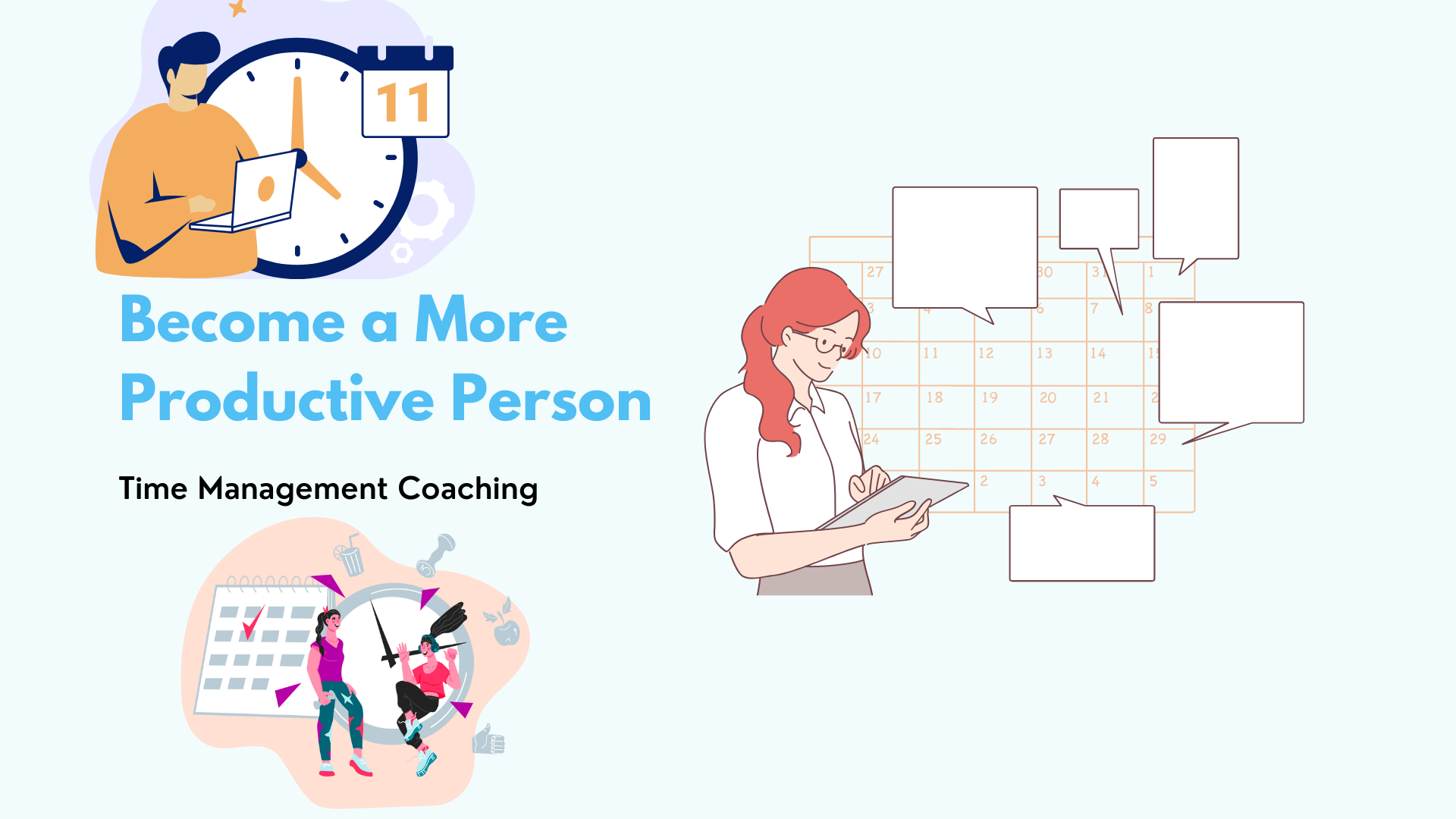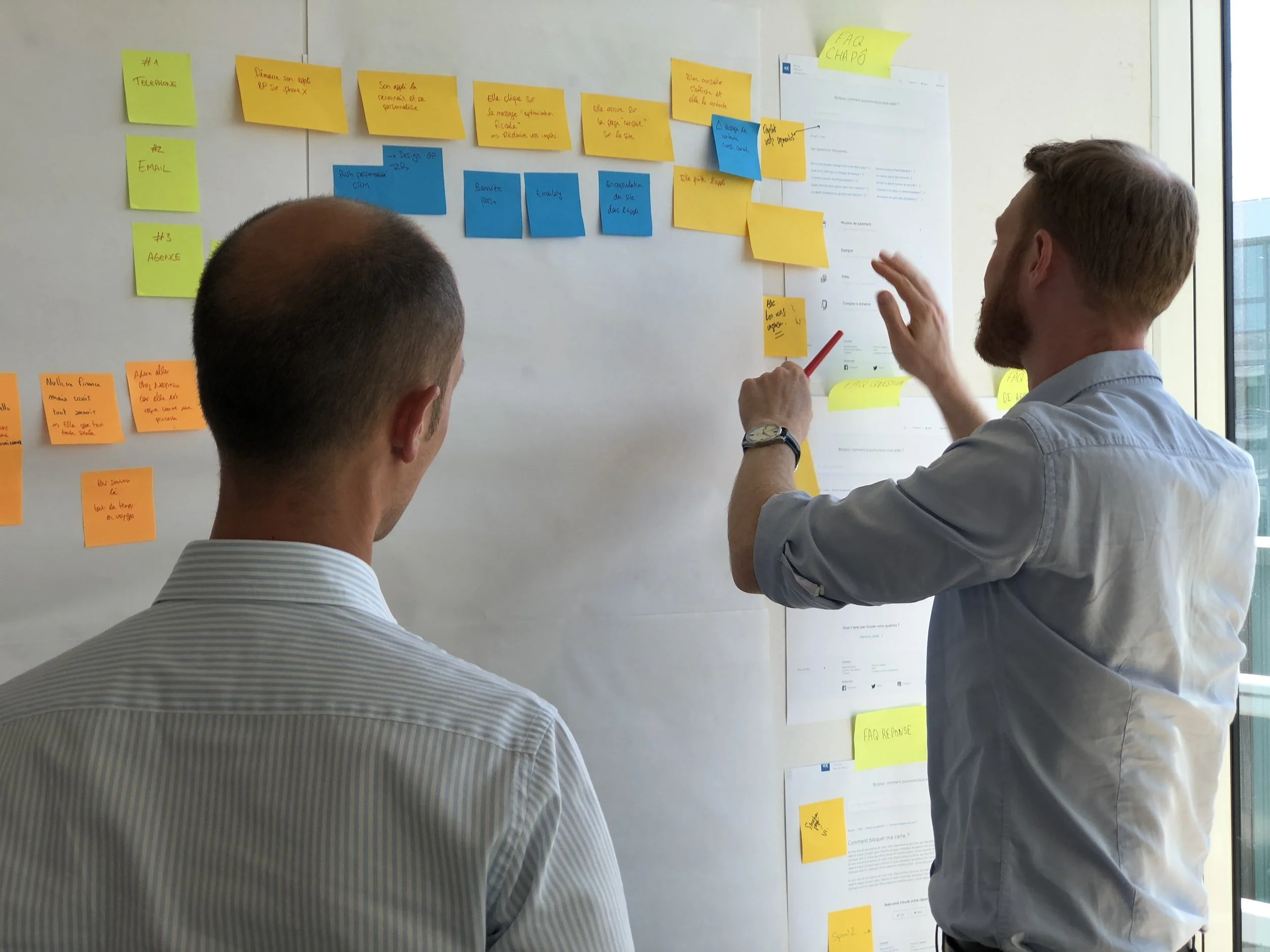
Design Thinking, Agile, and DevOps
Design Thinking is a user-centered approach to problem-solving that emphasizes understanding and meeting user needs.
Agile is a project management method that values flexibility and collaboration, delivering small improvements to a product in frequent sprints.
DevOps is a culture and set of practices that emphasize collaboration between development and operations teams, aimed at increasing the speed and reliability of software delivery.
Together, these methodologies provide a powerful framework for efficient and effective software development, helping organizations deliver high-quality products that meet the needs of users.

Navigating Change in a Fast-Paced World
Agile Change Management is a methodology that helps organizations navigate change in a flexible and adaptive way. It is based on the principles of agile software development, which prioritizes customer satisfaction, rapid iteration, and continuous improvement. Key principles of Agile Change Management include embracing change, prioritizing customer needs, empowering teams, encouraging collaboration, and continuously improving. By following these principles, organizations can become more resilient and successful in today's fast-paced business world.

A Day in the Life of a DevOps Engineer
A typical day for a DevOps Engineer involves a mix of development, operations, and collaboration. It starts with checking emails and task management tools, followed by a daily stand-up meeting with the development team. The DevOps Engineer then deploys a new release, updates and maintains the infrastructure, collaborates with the development team, and monitors the production environment. In the afternoon, the DevOps Engineer spends time planning and preparing for upcoming projects and documents the work done at the end of the day. A DevOps Engineer plays a crucial role in ensuring the smooth deployment and operation of applications.

Scrum Master exam
Professional Scrum Master (PSM 1), Certified Scrum Master (CSM), and Certified SAFe Scrum Master (SSM) exams:
Professional Scrum Master (PSM 1): The PSM 1 exam is designed to assess your understanding of the Scrum framework, its principles, and practices. The exam is based on the Scrum Guide and focuses on testing your knowledge of Scrum and its application.
Certified Scrum Master (CSM): The CSM exam is designed to assess your knowledge and understanding of the Scrum framework, its principles, and practices. The exam covers the Scrum Guide, Scrum practices, and Scrum values.
Certified SAFe Scrum Master (SSM): The SSM exam is designed to assess your understanding of the SAFe framework, its principles, and practices. The exam covers the SAFe framework, its practices, and how it is applied in real-world situations.
Each of these exams has its own set of eligibility requirements, format, and duration. The PSM 1 exam is a multiple-choice exam that can be taken online. The CSM and SSM exams are typically taken in-person or online, and they may involve a combination of multiple-choice questions and scenario-based questions.
It is recommended to study the respective frameworks thoroughly and gain practical experience before taking these exams.

Tips for Scrum Masters to develop coaching skills
Understand Agile principles: Scrum Masters must have a thorough understanding of the Agile values, principles, and practices.
Practice active listening: Good coaches listen actively to understand the perspectives and needs of the team.
Provide guidance, not answers: Coaching involves guiding others to find their own solutions, not providing them with answers.
Foster a learning environment: Encourage the team to learn and experiment, and create an environment where they feel comfortable taking risks.
Lead by example: Scrum Masters should model the behaviors they want to see in their teams, such as continuous improvement and collaboration.
Build relationships: Developing trust and rapport with team members is crucial for effective coaching.
Empower the team: Agile coaches should empower the team to make decisions and take ownership of their work.
Be a lifelong learner: Agile is an ever-evolving framework, and coaches should continuously seek to improve their knowledge and skills.

Lean Six Sigma Green Belt: Improving Processes and Increasing Efficiency
Lean Six Sigma is a methodology that combines the best practices of Lean and Six Sigma to improve processes and increase efficiency in organizations. The Green Belt certification is designed for individuals who lead small-scale improvement projects or support larger projects led by Black Belts. The training for the certification focuses on the DMAIC process and use of statistical tools and techniques. Green Belts have the skills and knowledge to lead small-scale projects within their areas of responsibility and support larger projects led by Black Belts, resulting in improvements in efficiency and effectiveness across the organization.

Agile Testing
Agile Testing is a software testing practice that follows the principles of Agile software development.
It emphasizes collaboration, flexibility, continuous feedback, and integration between developers and testers.
Agile testing involves testing early and often throughout the entire software development life cycle.
Testers work closely with developers, product owners, and stakeholders to ensure that the software meets their needs and requirements.
Testing in Agile involves both manual and automated testing methods.
The Agile testing process is iterative and adjusts to changes and new information throughout the project.
Continuous testing, continuous integration, and continuous delivery are critical principles of Agile testing.
Agile testing focuses on delivering valuable, usable software to the end user, rather than just finding and fixing defects.
This is a brief overview of Agile Testing, for a deeper dive, you may consider looking up books, and online resources or attending Agile Testing workshops.



Advice to start a business
Take a proven business model and make it your own by adding a unique twist or focusing on a specific niche.
Purchase a franchise.
Start a business in a growing industry, such as technology or renewable energy.
Offer a service that solves a common problem in your community.
Buy an existing business and improve upon it.
Partner with someone who has a complementary skillset or business idea.



